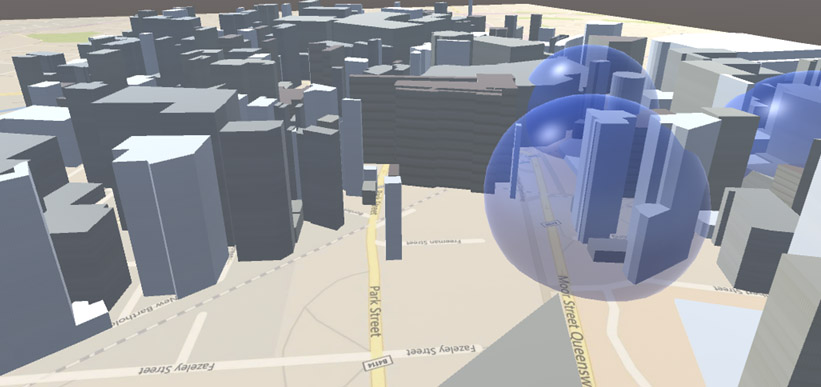The Innovate UK-funded ‘Stakeholder Interactive City Energy Demand Simulator’ (SiCEDS) is quite a mouthful, but it’s one of the most ambitious pieces of data and modelling work Energy Saving Trust has been involved in to date. This week we spoke to Smart Technology Manager Nick Lomax about its contribution toward further integrated planning in our cities.
What is SiCEDS?
Nick Lomax: It’s a complete digital model of energy systems in a city, and this profile includes homes and commercial buildings, transport, local generation and distribution, heat demand, and more. It helps us look at how different approaches to energy consumption, generation and distribution might affect things like air pollution, carbon emissions, fuel poverty and health.
We use this simulator to project changes in these situations and to understand the costs and how different technologies can be used to address them. For example, one question we might ask ourselves is: how would the cost and impact of a solar PV scheme compare to an insulation scheme? All in all, it has the potential to become a powerful tool for planners, developers, investors and community groups – basically, anyone that has a responsibility to make decisions about the city in which they live.
Who will benefit from SiCEDS?
NL: A wide range of stakeholders will benefit, but it will be most helpful for strategic planners, who want to help cities meet their ambitious sustainability, air quality, and self-sufficiency plans. There are many others who will also benefit from the insight it provides: community groups exploring a particular idea in their local area, manufacturers who want to know where a product will work best or institutions with big buildings interested in district heating. Another user could also be District Network Operator (DNO) companies who want to explore ways to better manage power demand in our cities.
Why is this integrated view of cities important?
NL: Initial feasibility studies for big infrastructure plans in cities are often carried out, though often not followed through because of issues of cost and practicality. SiCEDS provides this rapid, cost-effective way of overcoming the first hurdle. In basic terms, you can get the big numbers on the table in a way that decision-makers will understand and this picture can be used to simulate the impacts they can expect from different options. You can whittle plans down to the most effective measures – saving time and money – then actually get on with it.

Where does this data come from?
NL: For the baseline model of city energy demand we’re using Energy Saving Trust Home Analytics data, plus data from our partners at UCL on non-domestic buildings. This detailed local data is compiled with universal datasets for the whole of the UK on energy demand, transport, demographics, weather and a good number of others. Further data has come in from partners, such as on current district heating distribution. We also work with our city partners to identify opportunities to integrate unique local datasets – it’s key that the model is as accurate as possible for those on the ground.
How did Energy Saving Trust come to be involved?
NL: It started as initial study in response to an Innovate UK challenge. We spoke to six cities about the barriers to sustainable energy deployment and other infrastructure issues. Perhaps one surprising thing that came out of this was that the main barrier was the collaborative element – getting people in the same place, both literally and figuratively.
Then we conceived this idea of an easy to understand and interactive visualisation of data that would help anyone involved in making decisions on these big matters. We’ve done a considerable amount of mapping and data consultancy work before with local authorities and housing associations, but with SiCEDS we’ve gone further, giving control to the different types of user groups so they can experiment with and ‘fly through’ energy scenarios in their city.
How will the project progress?
NL: We’re preparing our data sources and model interface, and working with our partners to develop the algorithms that will power the tool. After that we’ll move into the testing phase. There will be a prototype ready around the middle of this year and once we have launched this simulator we can find out even more about what people like, what we can improve, and how else people might want to use it.
It will then be deployed with the city councils of Exeter and Birmingham – who we’ve been working alongside all the way through the design and development. In early next year we hope it will be available to anyone who wants to use it.
For more information about this project download our guide here.